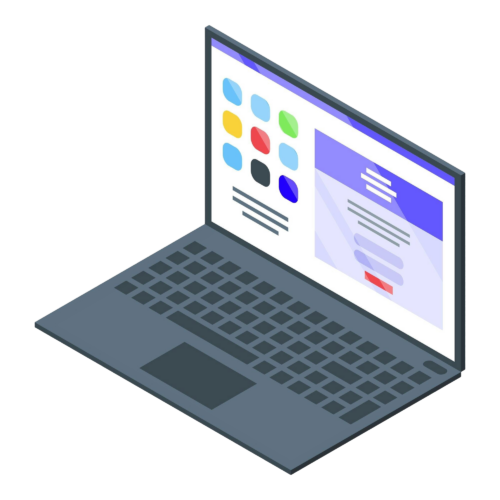
Windows 10 End of Life
Microsoft’s Windows 10 operating system has been a staple for businesses and individuals alike since its launch in 2015. However, like all software, Windows 10 is approaching the end of its lifecycle, and Microsoft has officially set the end-of-life (EOL) date for October 14, 2025. This means that after this date, Microsoft will no longer provide updates, security patches, or technical support for Windows 10 devices.
So, what does this mean for your business, and what steps should you take to prepare?
Implications for Businesses
The end of life for Windows 10 has significant implications for businesses of all sizes. Here are some key considerations:
1. Security Risks
Continuing to use Windows 10 after its EOL date exposes your business to substantial security risks. Without security patches, systems are more susceptible to malware, ransomware, and other cyber threats. It is essential to prioritise upgrading to a newer, supported operating system to ensure the continued protection of your digital assets.
2. Compliance Issues
Many industries have strict regulatory requirements regarding data protection and cybersecurity. Using an unsupported operating system can lead to non-compliance with these regulations, resulting in potential fines and legal repercussions. Upgrading to a supported OS helps ensure that your business remains compliant with industry standards.
3. Compatibility Challenges
As software vendors release updates and new applications, they typically focus on supported operating systems. This means that continuing to use Windows 10 after its EOL date may lead to compatibility issues with new software, hindering productivity and operational efficiency. Upgrading ensures that your business can take advantage of the latest technological advancements.
Upgrade Options
Microsoft recommends upgrading to Windows 11, the current version of their operating system. Windows 11 offers enhanced security features, improved performance, and a more modern user interface.
If you need assistance with your transition from Windows 10, our team is here to help. We offer guidance and comprehensive support to ensure a smooth upgrade process that fits your business needs.